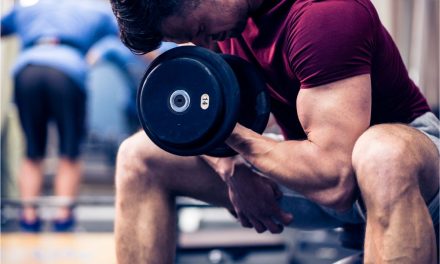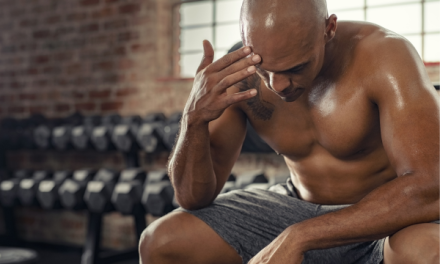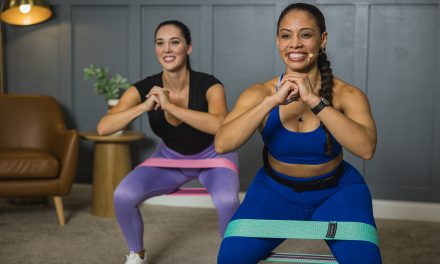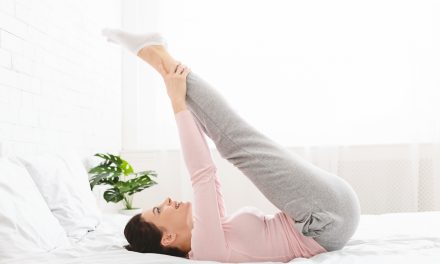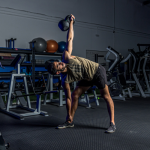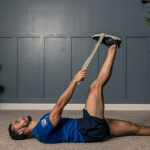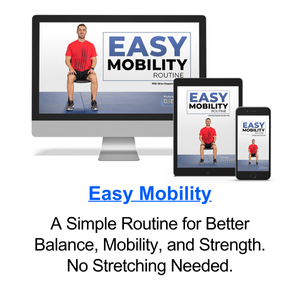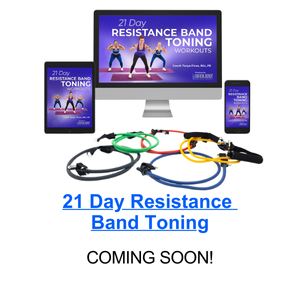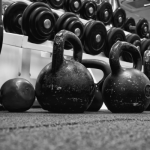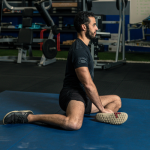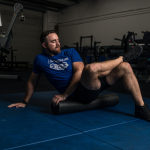While building strength in your glutes is vital, it’s equally important to maintain flexibility and mobility in these muscles.
Incorporating glute stretches into your fitness routine can significantly enhance the overall health and functionality of your gluteal muscles.
By regularly practicing these stretches, you can improve your flexibility, reduce the risk of injuries, and enjoy greater comfort in your daily activities.
Benefits of Glute Stretches
Incorporating glute stretches into your routine can provide several benefits:
Improved Range of Motion
Regular stretching helps maintain or increase the flexibility of your gluteal muscles. This can enhance your range of motion in daily activities and sports, preventing stiffness and discomfort.
Reduced Risk of Injury
Flexible glutes are less prone to strains and tears. Stretching helps maintain muscle elasticity, reducing the risk of injuries during workouts or other physical activities.
Relief from Tension and Discomfort
Many people experience tightness in their glutes due to prolonged periods of sitting or intense workouts. Stretching can alleviate this tension, leading to greater comfort and reduced lower back pain.
Enhanced Posture
Tight glutes can contribute to poor posture. By stretching these muscles regularly, you can help counteract the effects of sitting and maintain a more upright posture.
Improved Athletic Performance
Flexible glutes can contribute to better athletic performance by allowing for a greater range of motion in activities like running, jumping, and changing direction.
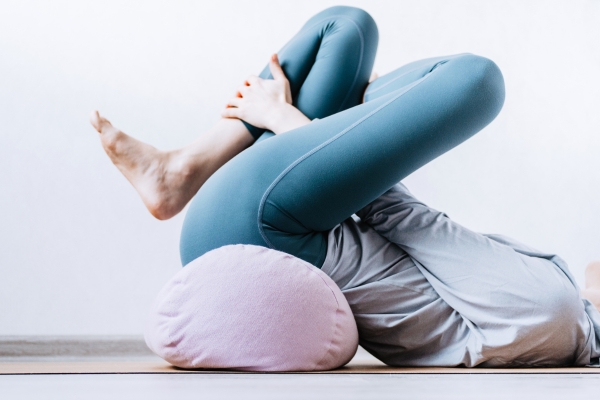
Best Stretches for Glutes
Now, let’s explore some of the best stretches for your glutes and why they’re beneficial:
-
Glute Stretch with Knee to Chest
How to do it:
- Lie on your back with your knees bent.
- Cross one leg over the other, placing the ankle of the top leg just above the knee of the bottom leg.
- Reach your hands behind your bottom leg and pull it toward your chest, feeling a stretch in the glutes of the crossed leg.
Benefits: This stretch targets the gluteus maximus and piriformis muscles, helping to relieve tension and discomfort in the lower back and hips.
-
Pigeon Pose
How to do it:
- Start in a tabletop position.
- Bring one knee forward and out to the side, placing the shin on the floor.
- Extend the other leg behind you.
- Sit up tall and fold forward, reaching your arms out in front of you.
Benefits: Pigeon pose is an excellent hip opener and stretches the glutes deeply, especially the piriformis. It’s effective for relieving hip and lower back pain.
-
Figure Four Stretch
How to do it:
- Sit on the floor with your knees bent and feet flat.
- Cross one ankle over the opposite knee to create a “figure four” shape.
- Gently press on the knee of the crossed leg to feel a stretch in the glutes.
Benefits: This stretch targets the piriformis and helps improve hip flexibility. It’s particularly beneficial for those who spend long hours sitting at a desk.
-
Seated Glute Stretch
How to do it:
- Sit on the floor with your legs extended straight.
- Bend one knee and place the sole of your foot on the inside of the opposite thigh.
- Gently lean forward, hinging at your hips.
Benefits: The seated glute stretch provides a deep stretch to the gluteus maximus and helps maintain hip flexibility.
-
90/90 Hip Stretch
How to do it:
- Sit on the floor with both knees bent at 90-degree angles.
- One leg should be in front of you, and the other should be behind you.
- Lean forward while keeping your back straight, feeling the stretch in your hips.
Benefits: This stretch targets multiple muscles, including the glutes, and improves hip mobility and flexibility.
-
Supine Glute Stretch
How to do it:
- Lie flat on your back and bend your knees.
- Place one ankle across the opposite knee to form a “4” shape with your legs.
- Thread your arms through the gap and clasp your hands behind your thigh.
- Gently pull your knee toward your chest.
Benefits: The supine glute stretch targets the piriformis and gluteus maximus, relieving tension and discomfort in the glutes and lower back.

Wrap-Up and Key Points
Whether you’re an athlete or simply looking to maintain a healthy and active lifestyle, don’t neglect the importance of stretching your glutes.
They play a fundamental role in your lower body’s strength and mobility, and taking care of them is essential for long-term health and well-being.
So, make it a habit to include these beneficial glute stretches in your fitness regimen, and you’ll be well on your way to unlocking the full potential of your glutes.

